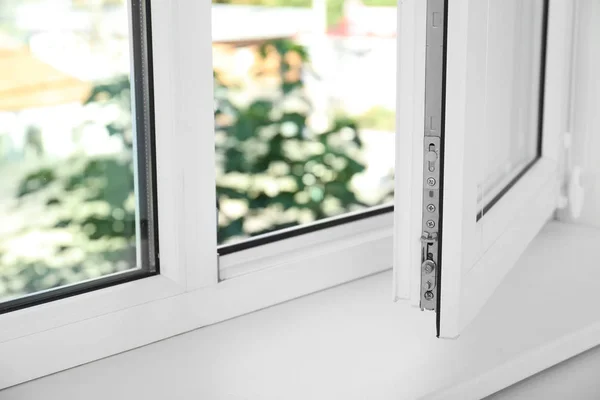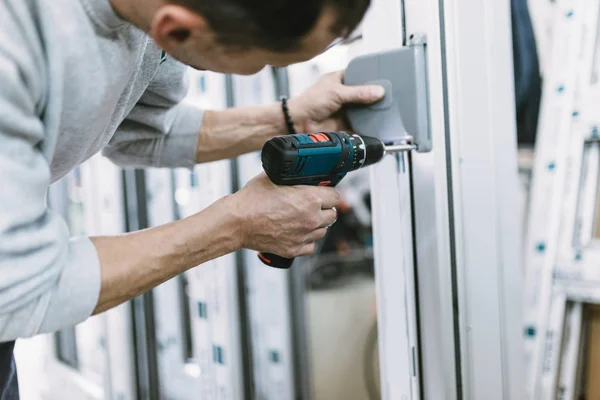>825 reviews

Windows are an essential part of any home—they let in natural light, allow for fresh air, and provide a view of the world outside. However, when the mechanisms responsible for opening and closing them start to fail, it can be both annoying and troublesome. One of the most common issues is when the window hinges become damaged or worn out. Fortunately, fixing them isn’t as complicated as it sounds, and with the right knowledge and tools, you can handle the repair yourself!
In this guide, we’ll walk you through everything you need to know about repairing window hinges, from recognizing the symptoms of damage to performing the actual repair.
Hinges are the unsung heroes of your windows. They might not be the first thing that comes to mind when you think about home maintenance, but they’re crucial in ensuring your windows operate correctly. They allow windows to open and close smoothly, lock securely in place, and maintain a stable connection to the window frame.
The type of hinge used will vary depending on your window style—whether it’s a casement, awning, or another design. When the hinges are functioning well, the window operates with ease. But when they begin to fail, you’ll start noticing problems like difficulty opening, squeaks, or even total malfunction. In such cases, repairing or replacing the hinge is essential to maintaining both function and security. If you’re not confident handling repairs on your own, a trusted window contractor can inspect and service your windows professionally.

Noticing the warning signs early on can save you a lot of trouble down the road. While window hinges are generally sturdy, wear and tear can occur over time. Here are some common indicators that your hinges need attention:
The sooner you address these issues, the better it will be for your windows—and your wallet!
Before you dive into fixing your window hinges, it’s essential to have the right tools on hand. Thankfully, you don’t need to break the bank or be a professional handyman to get the job done. Here’s a list of tools you’ll need:
Having these tools at your disposal will make the repair process quicker and more efficient.

Here’s a simple, step-by-step guide to help you repair your window hinges. Don’t worry; it’s easier than it sounds!
And if you’re curious about the potential cost of a more extensive repair or full replacement, a quick check with a windows cost calculator can help you budget effectively.
Sometimes, your window hinge might be too damaged to repair, and in these cases, replacement is the only option. Here’s how to replace broken or severely damaged hinges:
Replacing window hinges doesn’t have to be expensive. Most hardware stores offer reasonably priced options that will restore your window’s functionality.
Loose window hinges can cause the window to wobble or fail to stay in place. Fortunately, fixing loose hinges is fairly simple. Here’s how you can do it:
Preventing future damage requires regular maintenance. Lubricate your hinges and inspect them periodically to make sure they remain secure.

If your window won’t close properly, don’t panic! There are a few things you can do to resolve the issue:
To keep your window hinges working like new for as long as possible, regular maintenance is key. Here’s how to extend their lifespan:
While DIY repairs are cost-effective and satisfying, there are times when calling in a professional might be the best choice. Let’s compare the two options:
If the problem is minor and you’re up for it, DIY can save you money. But if the repairs are more complex, don’t hesitate to hire an expert.
Avoiding common mistakes can make a huge difference in how well your window hinges function after the repair. Here’s what to watch out for:

Taking care of your window hinges can save you money, time, and hassle in the long run. Here are some benefits of regular hinge maintenance:
To keep your windows functioning optimally, follow these expert tips:

Contact us now for a free estimate and take the first step toward repairing your windows!
You May Also Be Interested In:
Please leave your contact details.
The manager will contact you shortly.